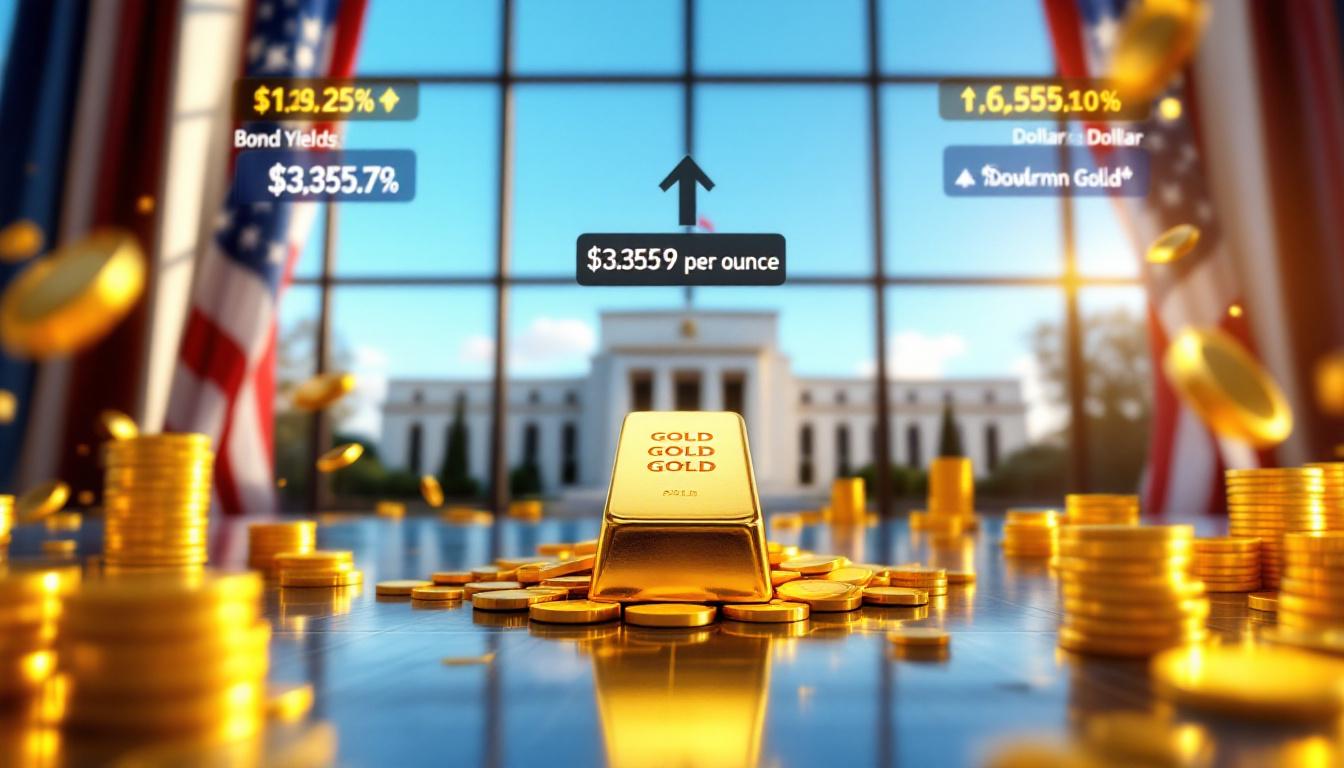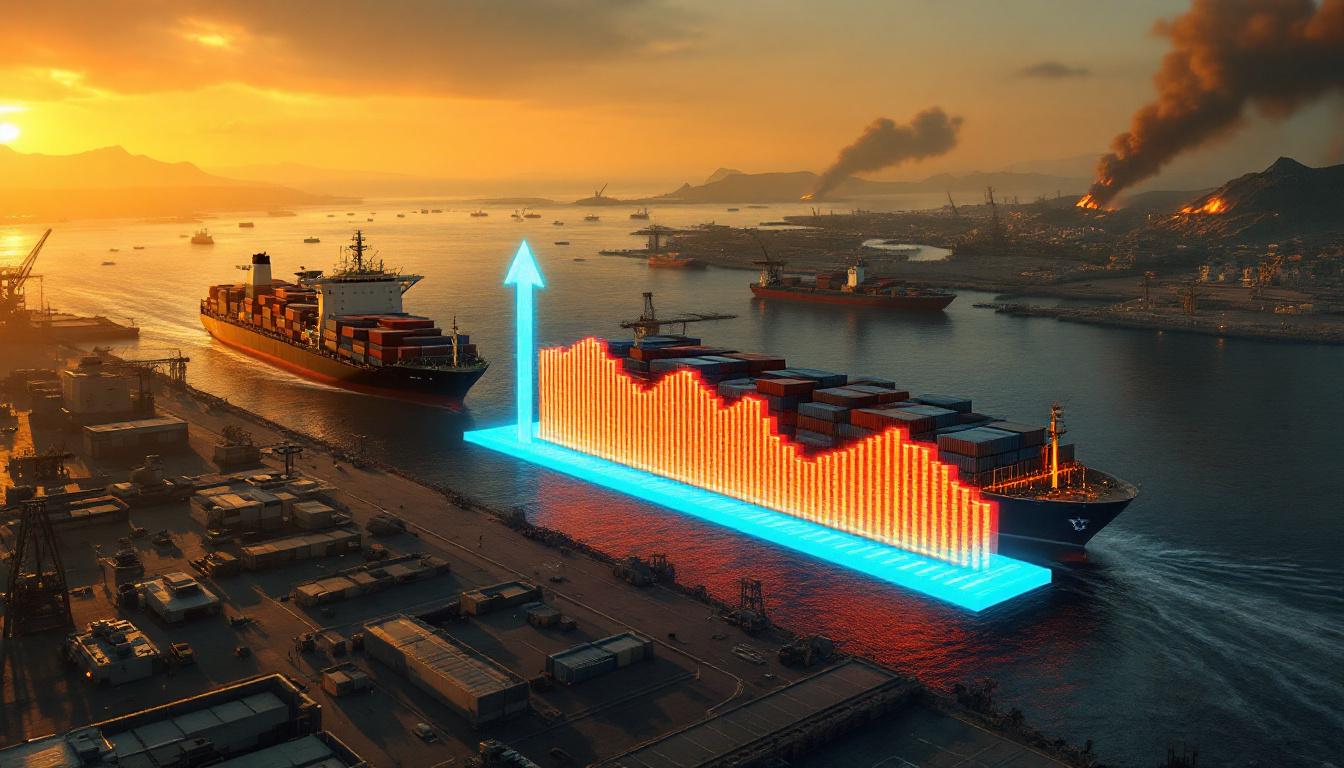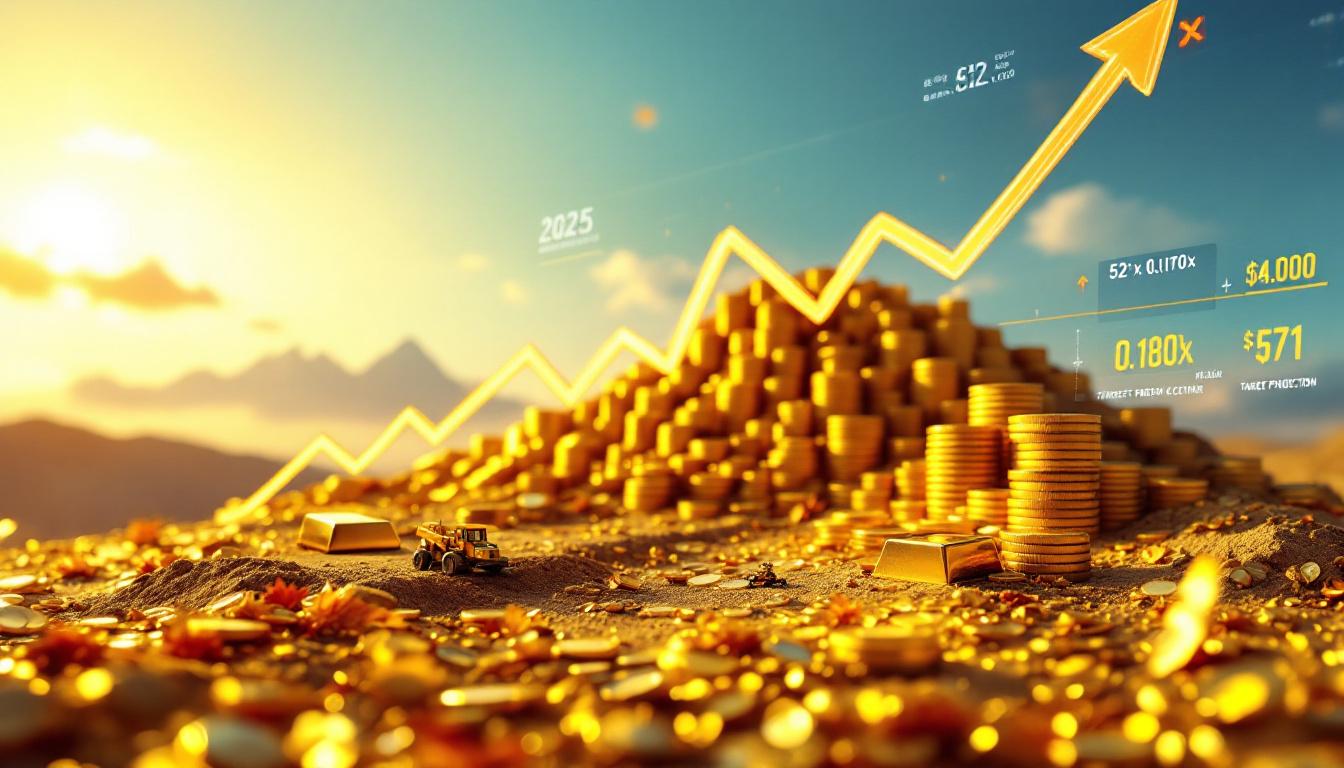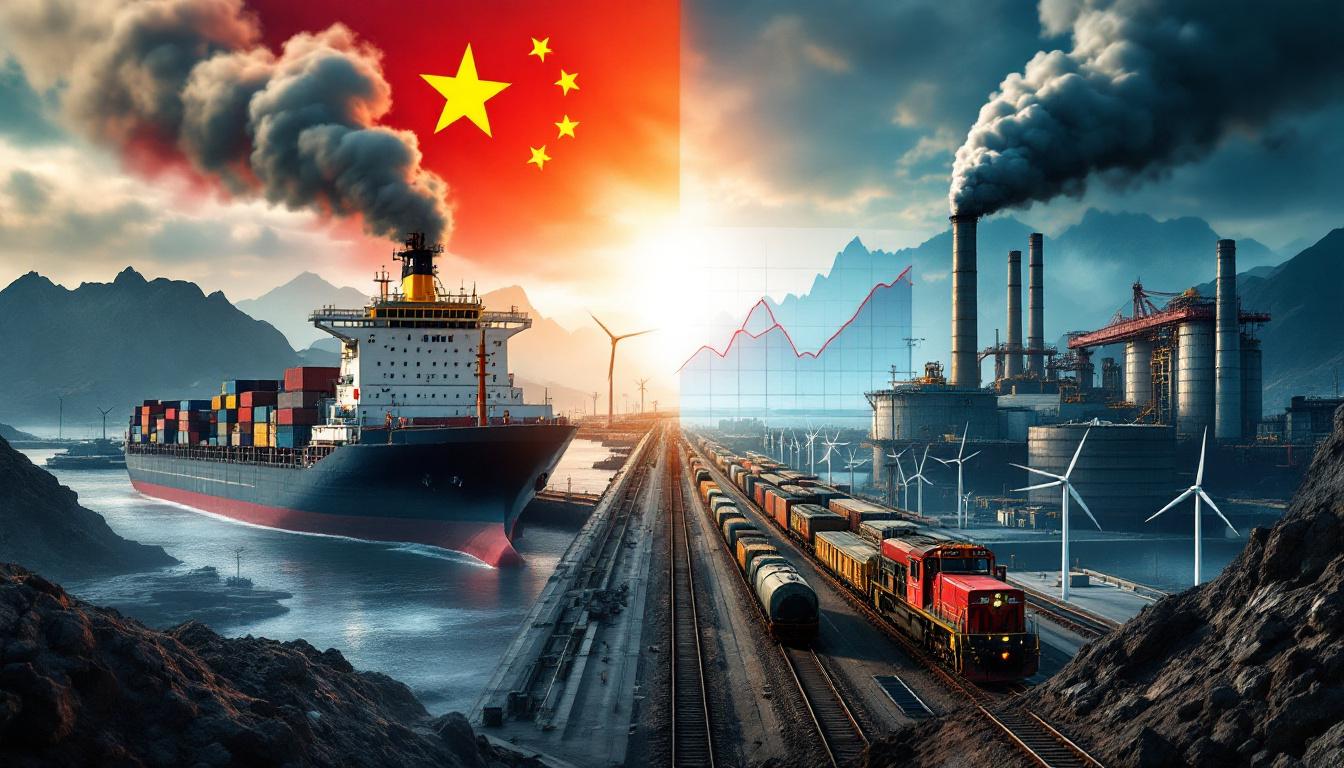How is Russia Positioning to Compete in the Global Rare Earth Metals Market?
Russia is making strategic moves to establish itself as a significant player in the global rare earth metals market, challenging China's longstanding dominance. In this dynamic scenario, Russian billionaire Potanin eyes rare earth metals exploration 2025, signalling a bold pivot in the country's resource strategy.
With rising global demand for these critical minerals, Russia’s initiatives come at a pivotal time. Western nations are actively seeking to diversify their supply chains. Furthermore, many industry experts are keen to examine the recent global rare earth reserves insights.
In addition, the challenge of addressing critical mineral shortages remains central to these strategic moves. Consequently, Russia’s ambition is viewed as a potential game changer in shifting supply dynamics.
A detailed reuters analysis further explains the expanding geopolitical landscape.
Russia’s deposits are vast yet largely untapped. President Putin has repeatedly noted that these reserves are "more extensive than Ukraine’s." As a result, Russia positions itself as a potential alternative supplier amid increasing international competition.
Industry analysts believe that Russia’s entry into the rare earth sector could significantly alter global supply dynamics. While China currently dominates the market, Russia’s significant untapped reserves could reshape future trends.
What Are Potanin's Plans for Rare Earth Exploration in Russia?
Vladimir Potanin’s strategy centres on exploring "poorly studied reserves" in both central Russia and Russian-controlled Eastern Ukraine. His ambition echoes the phrase Russian billionaire Potanin eyes rare earth metals exploration 2025.
He has highlighted that much geological data was lost after the Soviet collapse. Consequently, restoring this knowledge represents both a challenge and an opportunity. Modern techniques might now reveal deposits once overlooked by Soviet-era geologists.
Currently, Nornickel—a global leader in nickel and palladium production—holds no licences for rare earth exploration. However, the prospect of venturing into this sector signals a major diversification strategy that could reshape the company’s business model.
Potanin declared, "We're considering exploration initiatives starting in 2025." This timeline reflects both the strategic importance of rare earths and the substantial preparation required before projects can progress. International technological collaboration is expected to be crucial.
Furthermore, experts estimate that establishing viable rare earth operations typically requires 5-10 years from exploration to production. Therefore, while the 2025 target appears ambitious, it remains realistic amid long-term strategic planning.
Why Are Rare Earth Metals Gaining Strategic Importance?
Rare earth metals have transformed from obscure elements to essential strategic resources over the past decade. The 17 rare earth elements, vital for smartphones, wind turbines, and advanced military systems, are crucial in modern technology.
Their strategic value became evident during the Trump era, with supply chain vulnerabilities and China's overwhelming influence spotlighted. In addition, Western governments have enacted policies to mitigate dependency risks.
For instance, President Putin’s offer to the United States for joint exploration of Russia’s deposits signals a calculated diplomatic move. This initiative is part of resource diplomacy that highlights both economic and political leverage.
Resource security analyst Mikhail Petrov once remarked, "Rare earths are the petroleum of the 21st century." Consequently, countries that control these materials gain significant industrial and military advantages.
Furthermore, recent trends emphasise mining’s crucial role in the clean energy transition. With each new application, these minerals secure their place as strategic commodities.
To summarise the significance of rare earth metals:
- They power advanced electronics and military systems.
- They are essential for green energy technologies.
- They offer geopolitical leverage in international trade.
This demand is expected to grow by 8-10% annually through 2030, driven by both defence and clean energy investments.
What Challenges Does Russia Face in Rare Earth Development?
Despite Russia’s substantial reserves, the country faces numerous challenges in developing its rare earth resources. Geological and technical limitations play a critical role, and many deposits are smaller and more dispersed than those in China or Australia.
Mining engineer Sergei Ivanov explains, "The size and distribution of many Russian rare earth deposits present significant extraction challenges." Consequently, sophisticated mining techniques will be required to unlock these resources.
Another major challenge is the loss of Soviet-era geological data. When the USSR collapsed, vital research was lost or dispersed. As a result, extensive new geological surveys are now needed, which involve both time and substantial financial investment.
Extraction technology is also a concern. Rare earth processing requires specialised equipment and expertise, which is currently concentrated in China. Therefore, Russia must find ways to either develop its own technology or secure international partnerships.
Environmental considerations further complicate the situation. Rare earth processing typically generates radioactive waste and toxic byproducts. Hence, substantial investment in waste management systems is essential to comply with emerging regulations.
Finally, developing these projects calls for massive investments—often between $500 million and $1 billion before revenue generation begins. With many Western financial institutions reluctant to participate, the reliance on state support or partnerships becomes even more critical.
How Does This Fit Into the Changing Global Rare Earth Market?
Russia's foray into rare earth exploration comes at a time of significant transformation in global critical mineral markets. China's dominance, which accounts for roughly 70% of global rare earth production and 90% of processing, is prompting countries to hunt for alternatives.
The United States, once a global leader in rare earth production, has restarted domestic initiatives to reduce its dependence on imports. In addition, the Pentagon has invested directly in processing facilities, while the Department of Energy has allocated billions of dollars towards securing critical mineral supply chains.
Dmitri Volkov, a geopolitical analyst, states, "Russia sees a strategic opening as Western nations seek alternatives to Chinese supply." In this respect, Russia’s exploration initiatives are a direct response to this global trend.
Furthermore, the European Union’s Critical Raw Materials Act represents another strong incentive for diversification. As a result, Russia may eventually be seen as a viable alternative supplier if its projects reach significant production scales.
Market analysts expect that rare earth prices will remain volatile but trend upward. With high-grade deposits potentially lucrative despite development challenges, Russia’s increased supply diversity could eventually help stabilise global pricing.
What is Nornickel's Current Position in the Metals Market?
Nornickel, officially known as MMC Norilsk Nickel, already commands a dominant position in global metals markets. The company leads in palladium production and high-grade nickel output, which has provided them robust financial resources and extensive mining expertise.
The company controls about 40% of global palladium production and 15% of high-grade nickel production. This success has resulted in annual revenues that exceed $17 billion, which may soon finance its diversification into rare earths.
Mining sector analyst Alexei Sorokin comments, "Nornickel's potential entry into rare earths represents a natural evolution for a company seeking to position itself for future metals demand." The company's extensive infrastructure offers significant synergies for new projects.
Furthermore, Nornickel’s established sales channels and transportation networks may be well suited to support rare earth development. The company’s experience in navigating Russia’s complex regulatory environment is yet another asset in this venture.
Even though Nornickel currently holds no rare earth exploration licences, its strong ties with Russian authorities put it in an advantageous position to secure any required permits. This potential transition could mark an important chapter for the global rare earth market.
How Might International Partnerships Develop for Russian Rare Earth Projects?
The technical complexity of rare earth exploration mandates robust international partnerships. Potanin has openly stated that "technological support from various partners would be beneficial." However, geopolitical realities constrain many potential collaborations.
Sanctions have effectively pushed Russian firms away from North American and European partnerships. Instead, they are now looking towards companies in China, India, and Turkey. In addition, these collaborations might offer technical expertise and market access.
Chinese companies, like China Northern Rare Earth Group, possess cutting-edge processing technology. Consequently, partnerships could help Russia overcome its technological gap while advancing its projects.
Similarly, Indian firms, such as Indian Rare Earths Limited, have rapidly expanded their processing facilities. As a result, the longstanding economic relationship between Russia and India might foster effective cooperation.
Turkish mining companies also present a viable partner option. Their willingness to operate in challenging geopolitical environments makes them attractive associates. In fact, these partnerships could incorporate both resource ownership and technical exchange.
Moreover, projects might also benefit from a boost to Iluka’s rare earth refinery. This situation could create additional synergies between technology and resource management.
What Are the Geopolitical Implications of Russia's Rare Earth Ambitions?
Russia’s move into the rare earth metals market carries strong geopolitical implications. By tapping into these strategic resources, Russia gains increased leverage in international negotiations and diplomatic relations.
President Putin’s overtures, including an offer to the United States for joint exploration, illustrate this approach. This form of resource diplomacy is reminiscent of earlier strategies involving natural gas supplies to Europe. Consequently, Russia may use its deposit wealth as a bargaining chip.
The push into contested territories, such as Russian-controlled Eastern Ukraine, further complicates geopolitical responses. This decision not only strengthens Russia’s resource base but also heightens regional tensions. Additionally, these moves come at a time when global powers are navigating resource nationalism and global tensions.
Furthermore, the increased focus on rare earth metals impacts military strategies. Given that these minerals are critical for radar systems, precision weapons, and advanced electronics, their control translates into national security advantages. Western nations now face a dilemma—diversifying their sources may reduce reliance on China but simultaneously increase dependency on Russian supplies.
The geopolitical calculations extend to international trade and economic sanctions. Resource control forms a key cornerstone in shaping alliances and diplomatic negotiations. In this context, Russia’s ambitions in rare earth exploration may yield long-term strategic benefits beyond economic gains.
FAQ: Russia's Rare Earth Metals Exploration
What rare earth metals might be found in Russia?
Russia's geological structures suggest deposits of light rare earths such as cerium, lanthanum, and neodymium, as well as heavy rare earths like dysprosium and terbium. In addition, regions such as the Kola Peninsula and Eastern Siberia display promising exploration potential.
How do sanctions affect Russia's ability to develop rare earth projects?
Sanctions complicate technology access and financing. As a result, Russia must rely on domestic capabilities or partnerships with non-western companies, which may increase costs and extend project timelines.
What timeline is expected for development?
Exploration initiatives are scheduled to commence in 2025. However, full-scale production may take an additional 5-7 years. Consequently, initial production could begin around 2030 to 2032 if viable deposits are confirmed.
How might this affect global rare earth markets?
Russian production could diversify global supplies beyond China’s dominance. Nevertheless, substantial market impact requires production to reach 5,000-10,000 tons annually. This scale may take significant time to achieve, although it could alter strategic resource calculations globally.
In summary, the evolving landscape of rare earth metals is reshaping global energy and defence strategies. With strategic moves by companies like Nornickel and visionary plans led by figures such as Potanin, the market appears ready for a new era. As stakeholders monitor these developments, the integration of cutting-edge processes and international partnerships will be key to realising the full potential of Russia’s vast natural resources.
Ready to track the next major mineral discovery on the ASX?
Discovery Alert's proprietary Discovery IQ model provides instant notifications when significant mineral discoveries are announced, giving you an immediate trading advantage for both short-term opportunities and long-term investments in commodities like rare earth metals. Visit our discoveries page to understand how early identification of major mineral finds can lead to exceptional returns.




